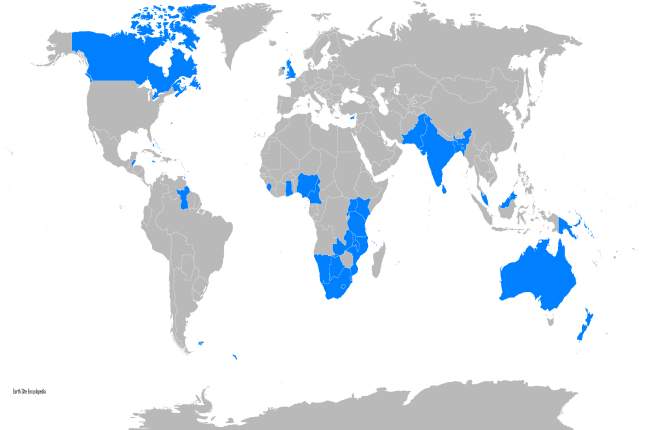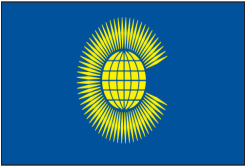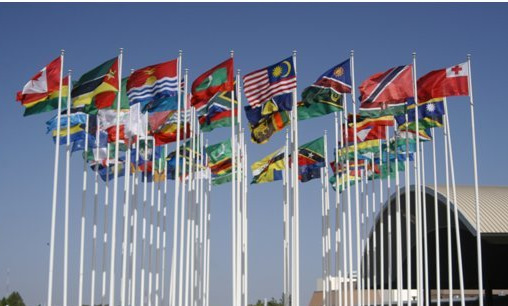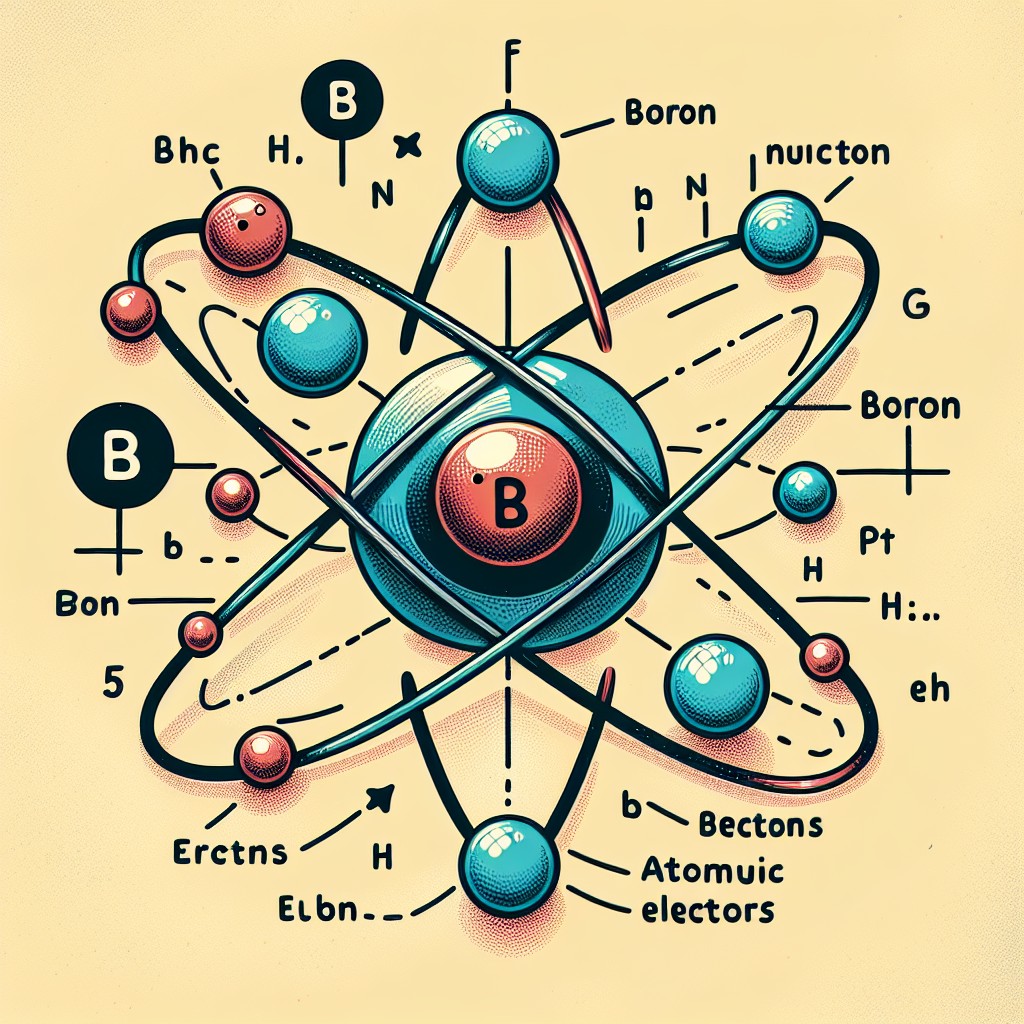
The British Commonwealth of Nations Its Member States and Countries

The Commonwealth of Nations, often referred to as the British Commonwealth, is one of the most unique and enduring international organizations in the world. Comprising member countries from every continent, this voluntary political association traces its roots back to the British Empire. With member states that include former colonies as well as nations that were never part of the British Empire, the British Commonwealth of Nations serves as a platform for shared values, cooperation, and cultural exchange. This article explores the history, structure, and current significance of the Commonwealth, and why understanding it is more relevant than ever.
Outline of the Article
-
What Is the Commonwealth of Nations and Why Does It Matter Today?
-
How Did the British Empire Evolve into the Modern Commonwealth?
-
What Is the Role of the Head of the Commonwealth?
-
Which Countries Are Members of the Commonwealth?
-
How Do Countries Join the Commonwealth?
-
What Happens at the Commonwealth Heads of Government Meeting?
-
How Does the Commonwealth Secretariat Operate?
-
What Are the Main Principles in the Harare Commonwealth Declaration?
-
Why Was Fiji Suspended from the Commonwealth?
-
What Is the Future of the Commonwealth in a Post-Imperial World?
What Is the Commonwealth of Nations and Why Does It Matter Today?
The Commonwealth of Nations is a voluntary association of countries bound together by shared history, language, and democratic values. While it began as an alliance of autonomous communities within the British Empire, it evolved into an international institution promoting development, education, and human rights.
Today, the Commonwealth comprises 56 Commonwealth countries, including developed nations like New Zealand and Canada, and developing nations across Africa, Asia, and the Pacific. It promotes mutual cooperation through forums like the Commonwealth Heads of Government Meeting (CHOGM) and encourages cultural exchange through events like the Commonwealth Games.
How Did the British Empire Evolve into the Modern Commonwealth?
The transformation from British Empire to Commonwealth of Nations was largely driven by the decolonisation of the British Empire in the 20th century. As former colonies gained independence, there was a growing need to maintain friendly ties and shared governance structures. The British Commonwealth of Nations was born out of this historical necessity.
The beginning of the modern Commonwealth can be traced to the Statute of Westminster (1931) and later cemented by the Harare Commonwealth Declaration (1991), which reaffirmed the commitment to democracy, human rights, and development. Thus, the Commonwealth is a voluntary association with no binding legal obligations, offering member countries the freedom to cooperate on equal footing.
What Is the Role of the Head of the Commonwealth?
The Head of the Commonwealth is a symbolic position, distinct from any role of governance. The late Queen Elizabeth II held this position from 1952 until her passing in 2022, representing unity across member states of the Commonwealth.
Today, King Charles III serves as the Head of the Commonwealth, continuing his mother’s legacy. While the position is not hereditary or constitutional, it has been agreed upon by Commonwealth leaders. The head of state of each Commonwealth member may differ, but this ceremonial leadership plays an important role in maintaining cohesion across countries of the Commonwealth.
Which Countries Are Members of the Commonwealth?
As of 2024, there are 56 Commonwealth member countries, ranging from large nations like India, South Africa, and Australia, to smaller island nations in the Caribbean and Pacific. Not all member countries were part of the British Empire; some, like Mozambique and Rwanda, were never part of the British, but joined later based on shared values and goals.
Countries like New Zealand, Canada, and South Africa have long-standing histories as members of the British Commonwealth, while Zambia, Malaysia, and Sri Lanka represent the diversity and geographical breadth of the modern organization.
How Do Countries Join the Commonwealth?
To join the Commonwealth, a country must accept the values of the Commonwealth, including democracy, human rights, and sustainable development. This is formalized through the Singapore Declaration of Commonwealth Principles and later the Harare Commonwealth Declaration.
The process involves recommendations from the Committee on Commonwealth Membership, and decisions by Commonwealth heads of government meeting. Countries can be admitted to the Commonwealth without a history of British colonialism if they demonstrate alignment with Commonwealth standards. For example, Zimbabwe applies to rejoin Commonwealth, and its case is currently under Commonwealth pending status.
What Happens at the Commonwealth Heads of Government Meeting?
The Commonwealth Heads of Government Meeting (CHOGM) is the central decision-making forum for the Commonwealth of Nations. Held every two years, the CHOGM brings together heads of state and Commonwealth prime ministers to discuss global issues, development strategies, and collaborative projects.
The 2022 Commonwealth Heads of Government meeting, hosted in Kigali, Rwanda, focused on resilience in the post-COVID world, climate change, and youth empowerment. The 2007 Commonwealth Heads of Government meeting in Uganda tackled governance reforms and health systems. These summits are crucial for reaffirming shared commitments and reviewing membership of the Commonwealth.
How Does the Commonwealth Secretariat Operate?
The Commonwealth Secretariat is the executive arm of the Commonwealth of Nations, based in London, the headquarters of the Commonwealth Secretariat. It facilitates communication between Commonwealth member states, manages policy implementation, and supports capacity building in Commonwealth countries.
Led by the Commonwealth Secretary-General Kamalesh Sharma (until 2016), the Secretariat also oversees initiatives such as the Commonwealth Foundation, the Commonwealth of Learning, and the Commonwealth Human Rights Initiative. It works closely with groups like the Commonwealth Ministerial Action Group to address violations and enforce principles.
What Are the Main Principles in the Harare Commonwealth Declaration?
The Harare Commonwealth Declaration (1991) is a cornerstone document that redefined the mission of the Commonwealth of Nations. It reaffirmed the commitment to democracy, the rule of law, and sustainable economic development.
Alongside the Singapore Declaration, the Harare Declaration emphasized respect for human rights, gender equality, and environmental sustainability. These principles guide both government in the Commonwealth and communities within the British Empire legacy. Countries must satisfy Commonwealth standards to retain or gain full membership of the Commonwealth.
Why Was Fiji Suspended from the Commonwealth?
Fiji was suspended from the Commonwealth in 2009 following a military coup and the postponement of democratic elections. It was partially suspended from the Commonwealth previously, and reinstated after reforms. This situation illustrates how the Commonwealth Ministerial Action Group can act to uphold core values.
Suspension is a serious action taken against Commonwealth member states that fail to uphold democratic governance or human rights. The report of the Commonwealth emphasized that reinstatement requires adherence to the Commonwealth Charter and active steps toward democracy.
What Is the Future of the Commonwealth in a Post-Imperial World?
The Commonwealth of Nations faces both challenges and opportunities in a rapidly changing world. With member countries gathered to address climate change, human rights, and digital transformation, the Commonwealth is evolving from a post-colonial legacy to a modern partnership.
Its relevance lies in its adaptability. As states are Commonwealth members based on values rather than colonial past, the organization continues to attract new interest. Despite concerns such as when Zimbabwe withdrew from the Commonwealth, the possibility that Zimbabwe applies to rejoin Commonwealth shows the lasting appeal of the association.
Summary: Key Takeaways about the Commonwealth of Nations
-
The Commonwealth of Nations is a voluntary association rooted in the British Empire but now global in scope.
-
There are currently 56 Commonwealth countries, including both large and small states.
-
Countries can join the Commonwealth by aligning with its values, even if they were never part of the British Empire.
-
The Head of the Commonwealth is a symbolic role, currently held by King Charles III.
-
The Commonwealth Heads of Government Meeting is the primary decision-making body.
-
The Commonwealth Secretariat coordinates activities and programs.
-
Foundational documents include the Singapore Declaration and the Harare Commonwealth Declaration.
-
Countries like Fiji have been suspended from the Commonwealth for violating democratic norms.
-
The modern Commonwealth focuses on cooperation, education, development, and human rights.
-
Interest in the Commonwealth continues, with countries like Zimbabwe considering rejoining.
This global institution continues to play an important role in fostering unity, equality, and shared progress among member states of the Commonwealth.
Sub-topics
General Information about the Commonwealth
History of the Commonwealth of Nations
Members of the Commonwealth of Nations
The Commonwealth is a voluntary association of 53 independent countries that agree to abide by the charter of the commonwealth.
(http://thecommonwealth.org/sites/default/files/page/documents/CharteroftheCommonwealth.pdf)
General Information
In total the Commonwealth countries account for 21% or 1/5 of the worlds land mass at 12,112,452 square miles or 31,371,110 square kilometres. The largest country in the Commonwealth of Nations, and the world, is Canada at 3,885,103 square miles or 9,984,670 square kilometres.
The Commonwealth also has 32% of the world’s population, based on estimates for June 2012, of 2,220,419,648 people with over half that number from India (estimated population June 2012 of 1,205,073,612).
The combined Gross Domestic Product for all members using the official Exchange Rate is about 12% of the world (2012 estimates) at £4,967,143,200,000 or $8,278,448,000,000 which is less than the European Union (£9,816,000,000,000 or $16,360,000,000,000) and the USA (£9,408,000,000,000 or $15,680,000,000,000) but slightly more than China (£4,932,000,000,000 or $8,220,000,000,000).
The headquarters of the Commonwealth Secretariat are Marlborough House, in London.
The Current leaders of the Commonwealth are the Head of State Queen Elizabeth II (since 6th February 1952) and Secretary General Mr. Kamalesh Sharma (since 1st April 2008).

History of the Commonwealth
In 1884 during the era of the British Empire some of the countries under British rule became self governing but still retained the British monarch as their heads of state. These countries were known as the British Commonwealth of Nations.
In 1926 at the Imperial conference the UK and its dominions agreed that they are “equal in status, in no way subordinate one to another in any aspect of their domestic or external affairs, though united by common allegiance to the Crown, and freely associated as members of the British Commonwealth of Nations.”
1930 saw the first version of the Commonwealth Games (then called the British Commonwealth Games) held in Canada.
In 1931 ‘the statute of Westminster’ gave legal Independence to Canada, Australia, the Irish Free State, Newfoundland, New Zealand and South Africa. Canada, South Africa and the Irish Free State quickly enacting on the statute becoming Independent, the other countries waited over a decade to become independent (Australia in 1942, New Zealand in 1947 and Newfoundland was reincorporated into Canada in 1949). All these countries joined the British Commonwealth of Nations in 1931 after the statute of Westminster was agreed.
In 1949, India, who was a member of the British Commonwealth of Nations, became a republic but still wished to be part of the association.
In order to still incorporate India it was agreed that member states no longer had to pledge allegiance to the British Crown and that all members were “free and equal members of the Commonwealth of Nations, freely co-operating in the pursuit of peace, liberty and progress.”



